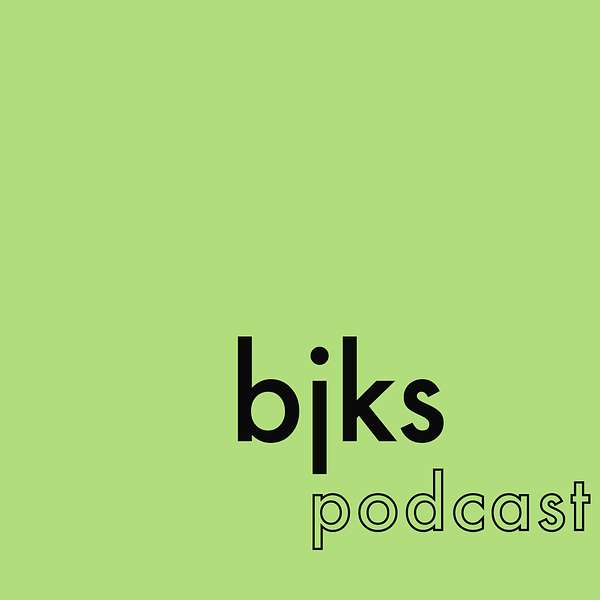
BJKS Podcast
A podcast about neuroscience, psychology, and anything vaguely related. Long-form interviews with people whose work I find interesting.
BJKS Podcast
39. Nikolai Axmacher: Reduced grid cells in Alzheimer's risk carriers, landmarks in abstract cognitive space, and clinical translation
Nikolai Axmacher is professor at the Institue for Cognitive Neuroscience at the Ruhr University Bochum where his research focuses on memory, spatial navigation, and neurodegenerative diseases. In this conversation, we talk about how he and his colleagues found that people with a genetic risk factor for Alzheimer's showed reduced grid-cell like activity and path integration ability, despite having no symptoms and still being in their 20s.
BJKS Podcast is a podcast about neuroscience, psychology, and anything vaguely related, hosted by Benjamin James Kuper-Smith. New conversations every other Friday. You can find the podcast on all podcasting platforms (e.g., Spotify, Apple/Google Podcasts, etc.).
Timestamps
0:00:05: The history of Nikolai's 2015 Science paper "Reduced grid-cell-like representations in adults at genetic risk for Alzheimer's disease"
0:15:57: Discussing the paper's main findings
0:38:35: Discussing Bierbauer...Axmacher (2020), Science Advances
0:49:03: Applying (abstract) cognitive spaces to Nikolai's studies
0:59:10: Could we use grid cells as an early biomarker for Alzheimer's?
Podcast links
- Website: https://geni.us/bjks-pod
- Twitter: https://geni.us/bjks-pod-twt
Nikolai's links
- Website: https://geni.us/axmacher-web
- Google Scholar: https://geni.us/axmacher-scholar
Ben's links
- Website: https://geni.us/bjks-web
- Google Scholar: https://geni.us/bjks-scholar
- Twitter: https://geni.us/bjks-twt
References
Bierbrauer, Kunz, Gomes, Luhmann, Deuker, Getzmann, ... & Axmacher (2020). Unmasking selective path integration deficits in Alzheimer’s disease risk carriers. Science advances.
Constantinescu, O’Reilly, & Behrens (2016). Organizing conceptual knowledge in humans with a gridlike code. Science.
Coutrot, Silva, Manley, de Cothi, Sami, Bohbot, ... & Spiers (2018). Global determinants of navigation ability. Current Biology.
Doeller, Barry, & Burgess (2010). Evidence for grid cells in a human memory network. Nature.
Ghebremedhin, Schultz, Braak, & Braak (1998). High frequency of apolipoprotein E ϵ4 allele in young individuals with very mild Alzheimer's disease-related neurofibrillary changes. Experimental neurology.
Hafting, Fyhn, Molden, Moser, & Moser (2005). Microstructure of a spatial map in the entorhinal cortex. Nature.
Hardcastle, Ganguli, & Giocomo (2015). Environmental boundaries as an error correction mechanism for grid cells. Neuron.
Huxley (1959). Brave New World Revisited. Chatto & Windus.
Kunz, Schröder, Lee, Montag, Lachmann, Sariyska, ... & Axmacher (2015). Reduced grid-cell–like representations in adults at genetic risk for Alzheimer’s disease. Science.
Quiroga, Reddy, Kreiman, Koch, & Fried. (2005). Invariant visual representation by single neurons in the human brain. Nature.
Saint-Aubert, Lemoine, Chiotis, Leuzy, Rodriguez-Vieitez, & Nordberg. (2017). Tau PET imaging: present and future directions. Molecular neurodegeneration.
Wills, Cacucci, Burgess, & O'Keefe (2010). Development of the hippocampal cognitive map in preweanling rats. Science.
Wills, Muessig, & Cacucci (2014). The development of spatial behaviour and the hippocampal neural representation of space. Philosophical Transactions of the Royal Society B: Biological Sciences.